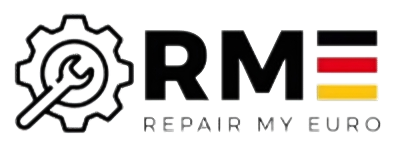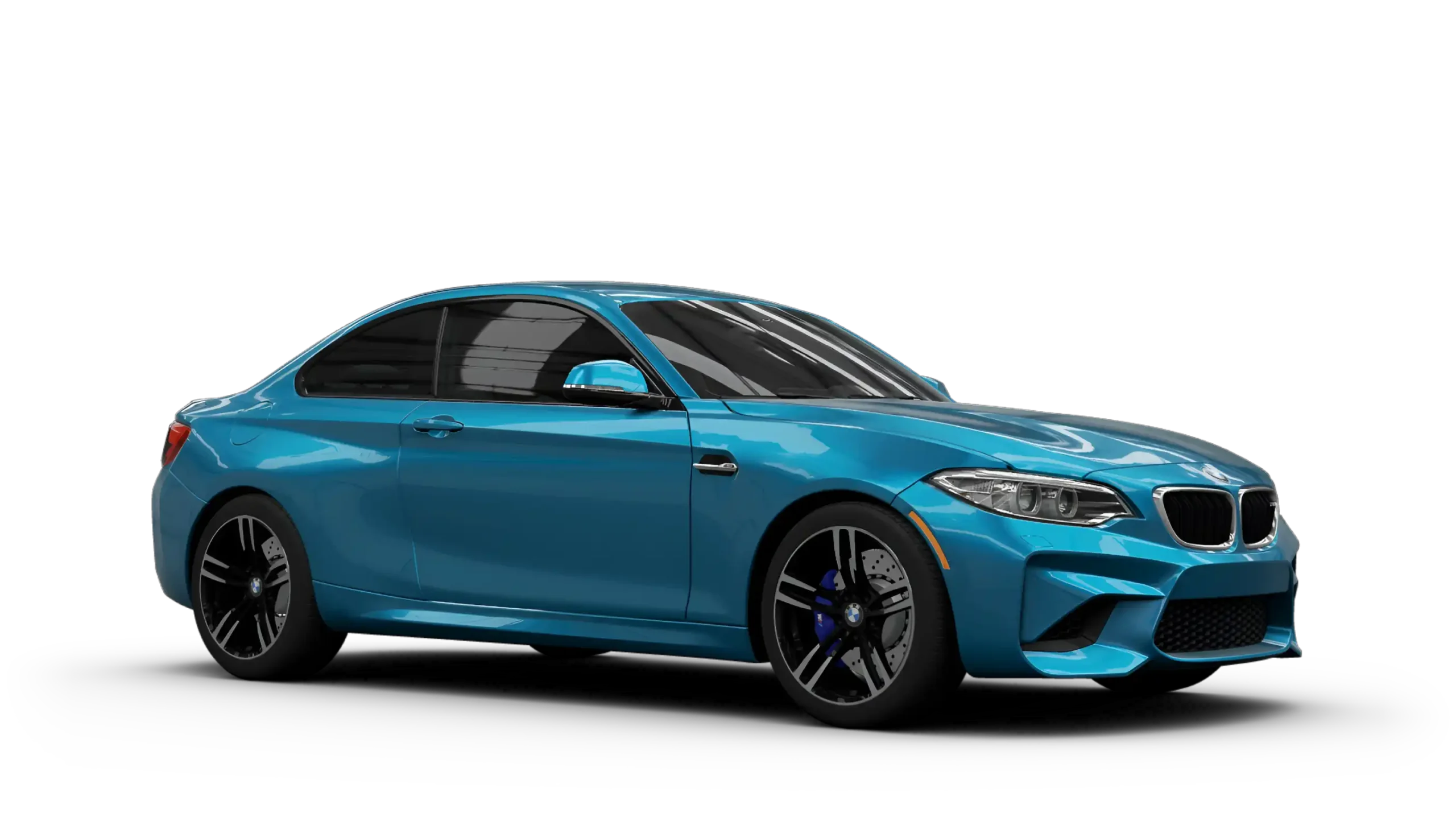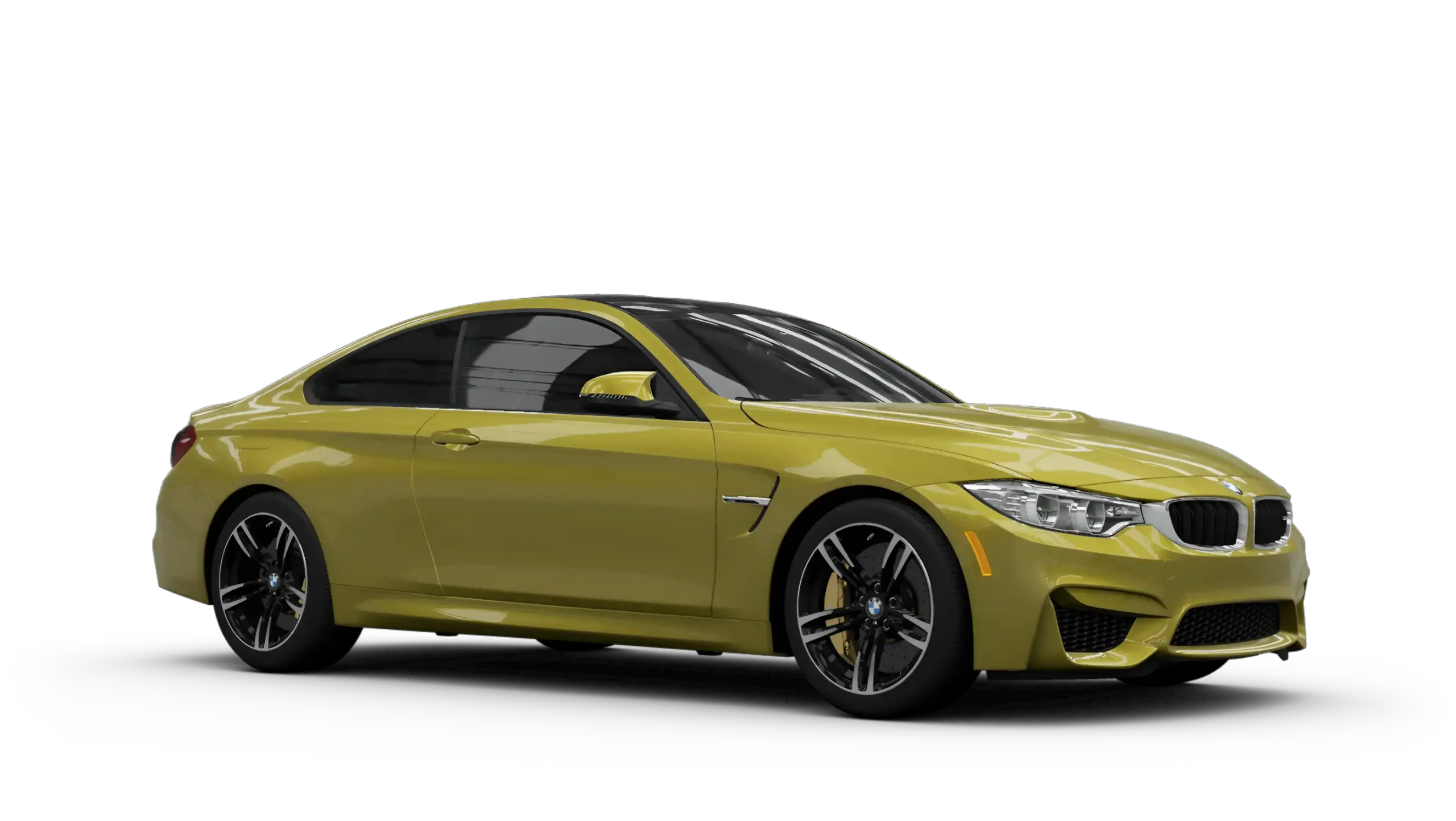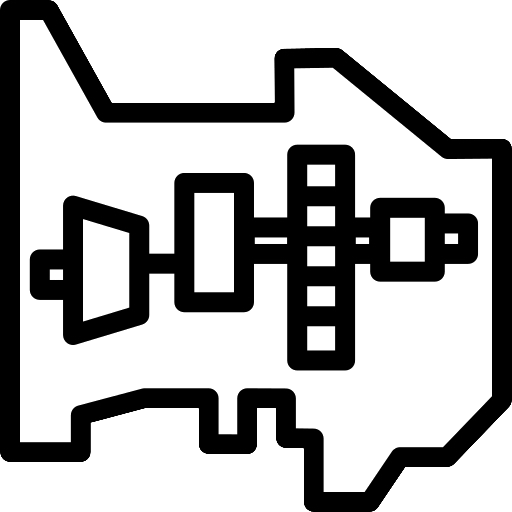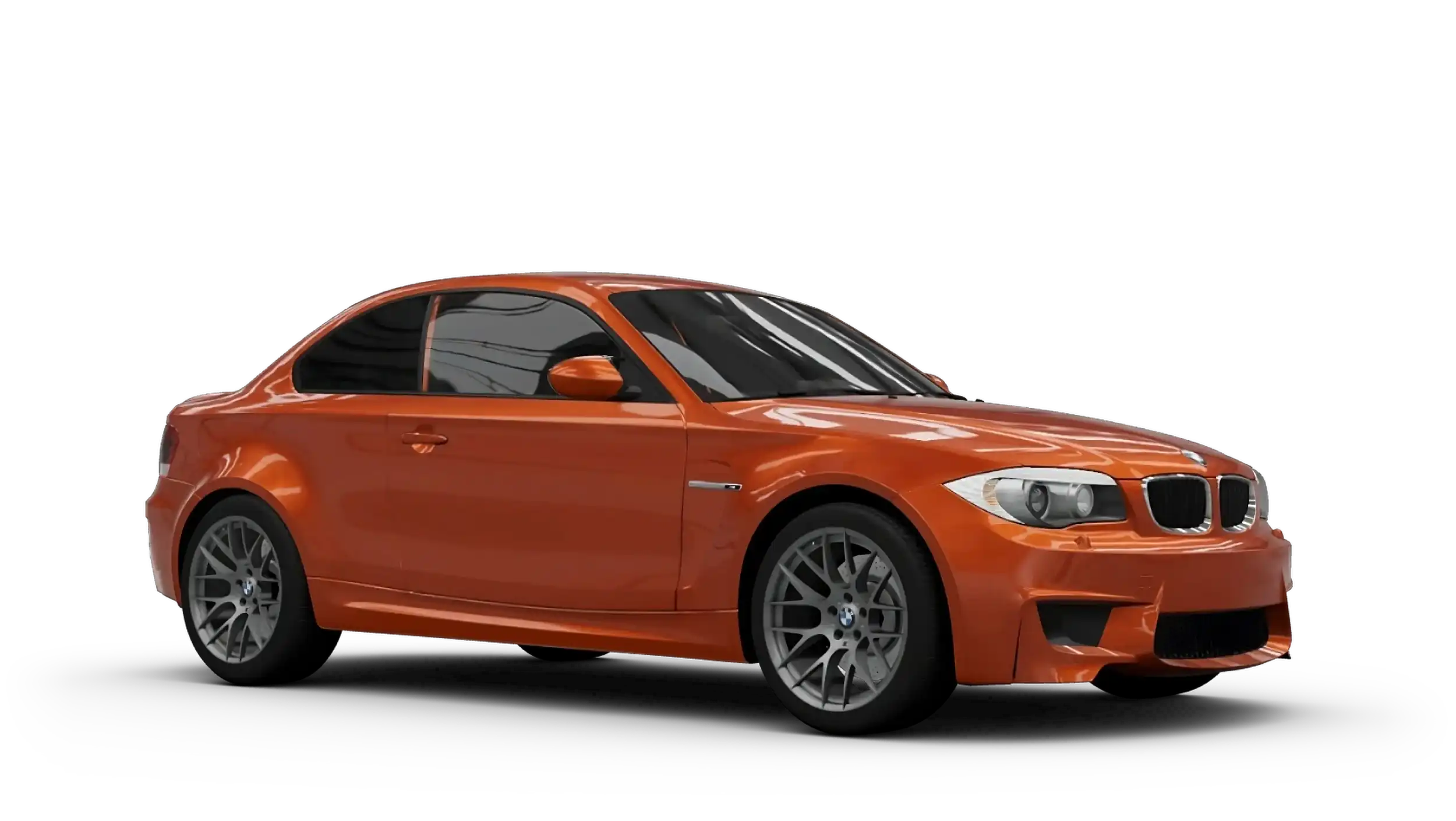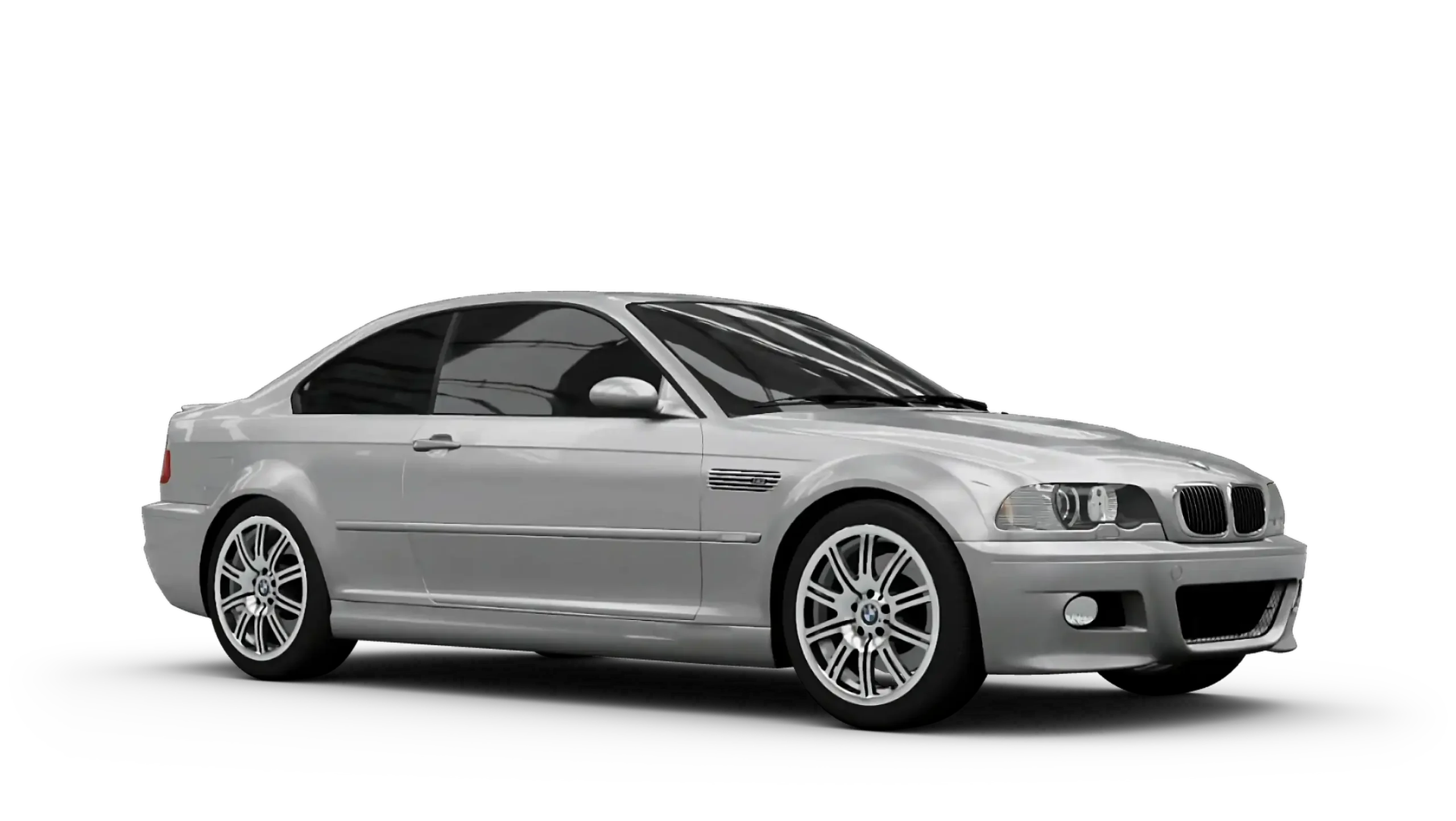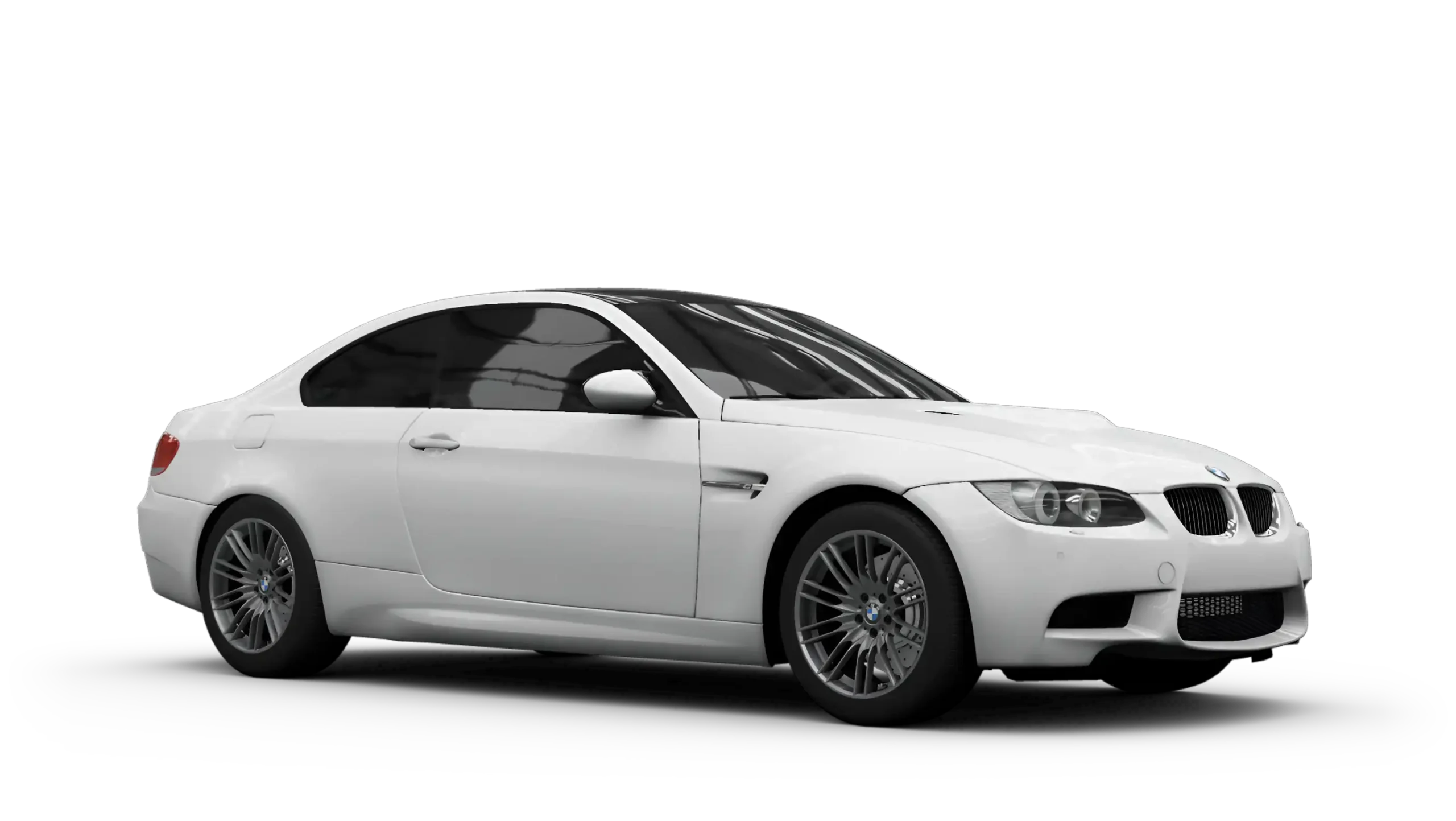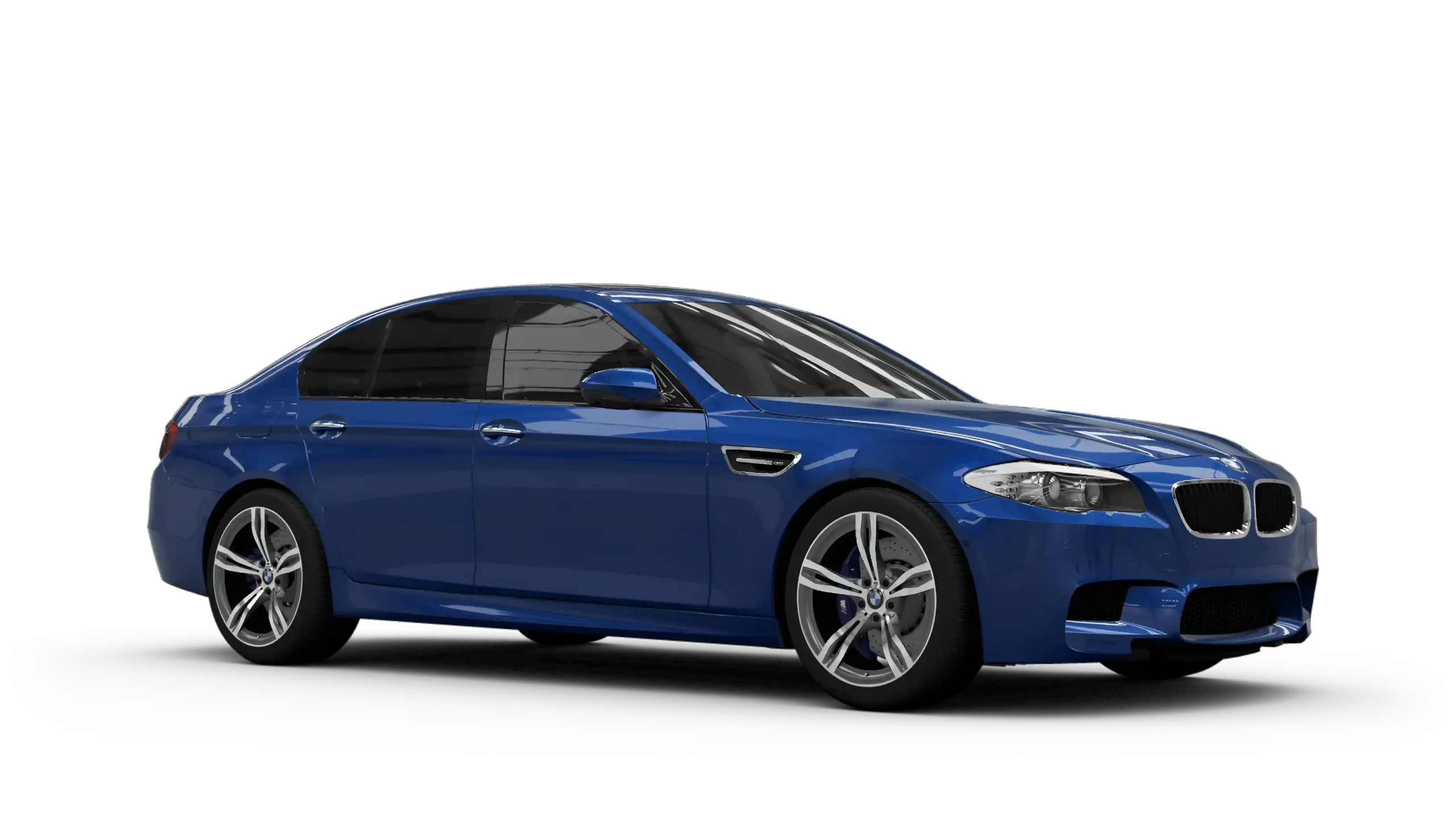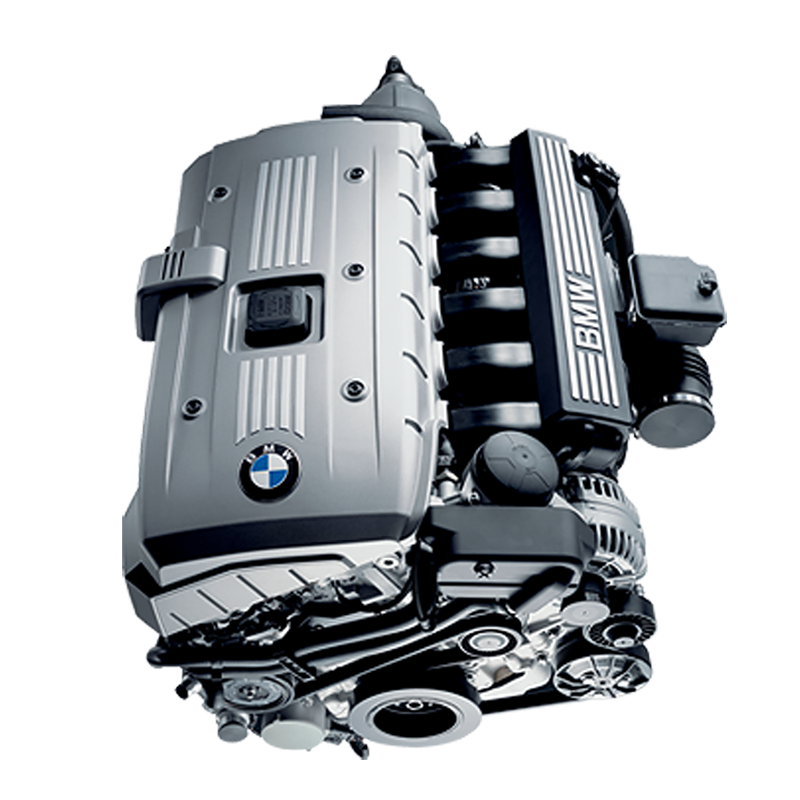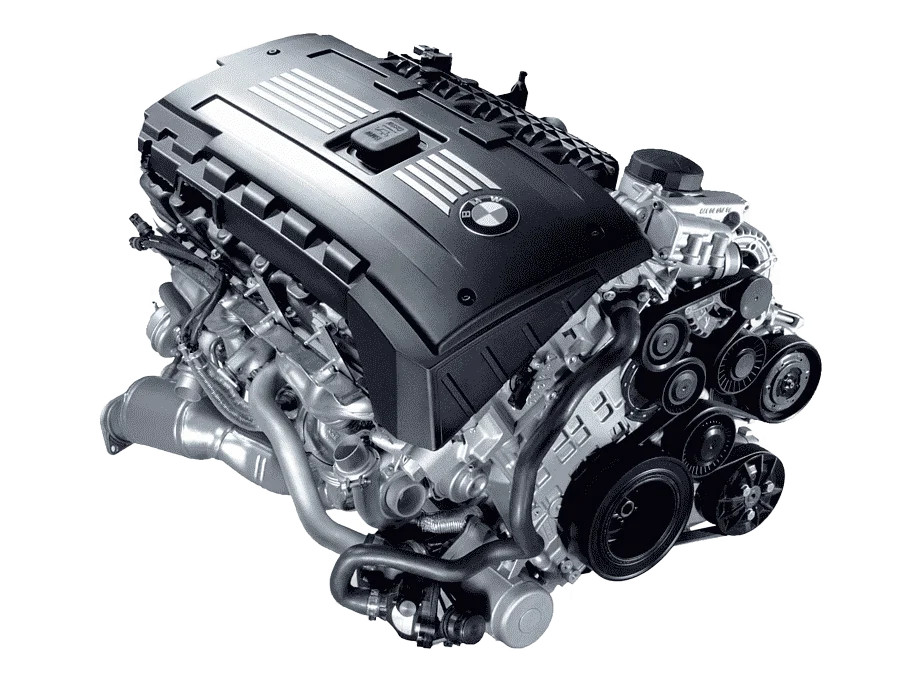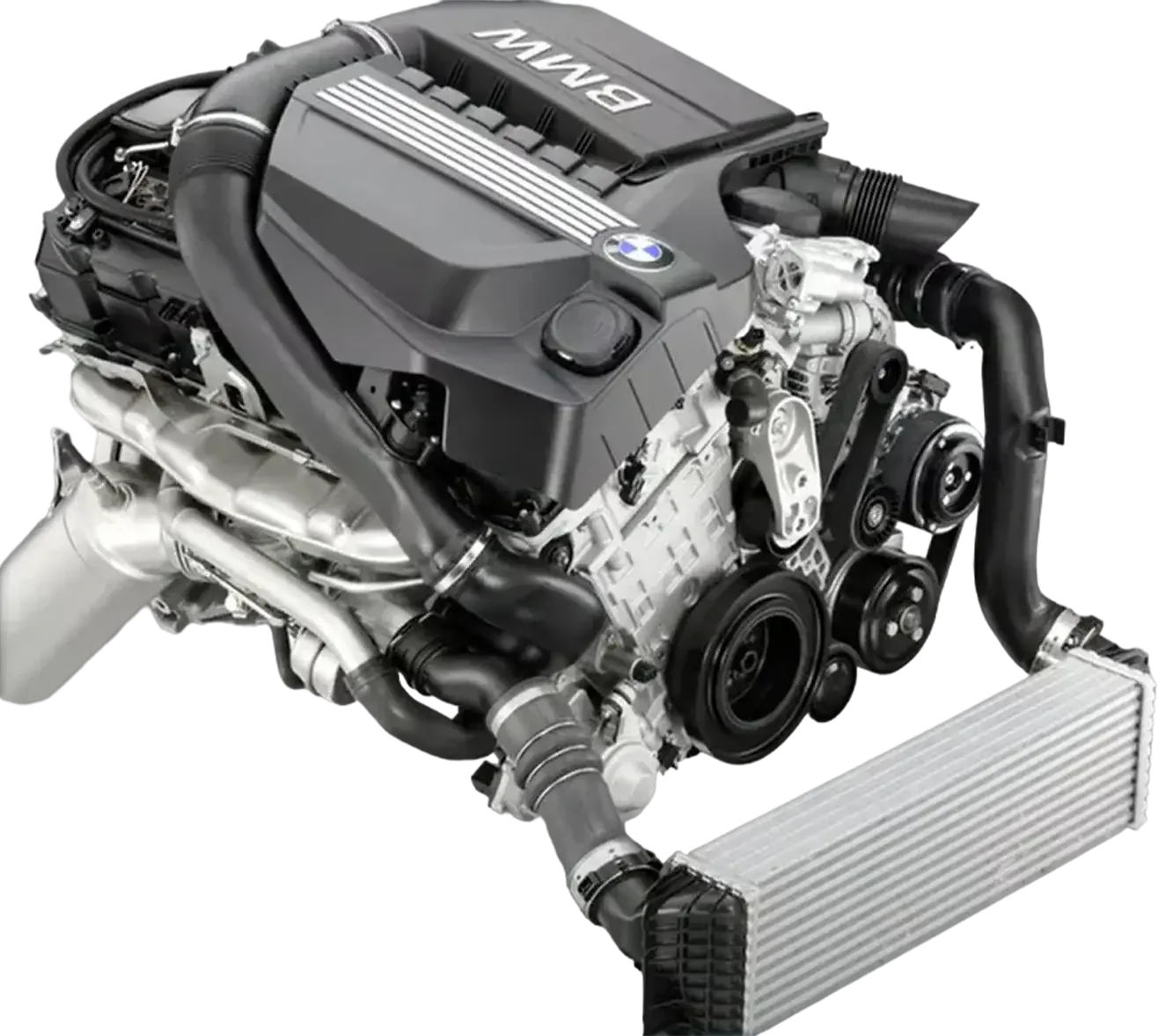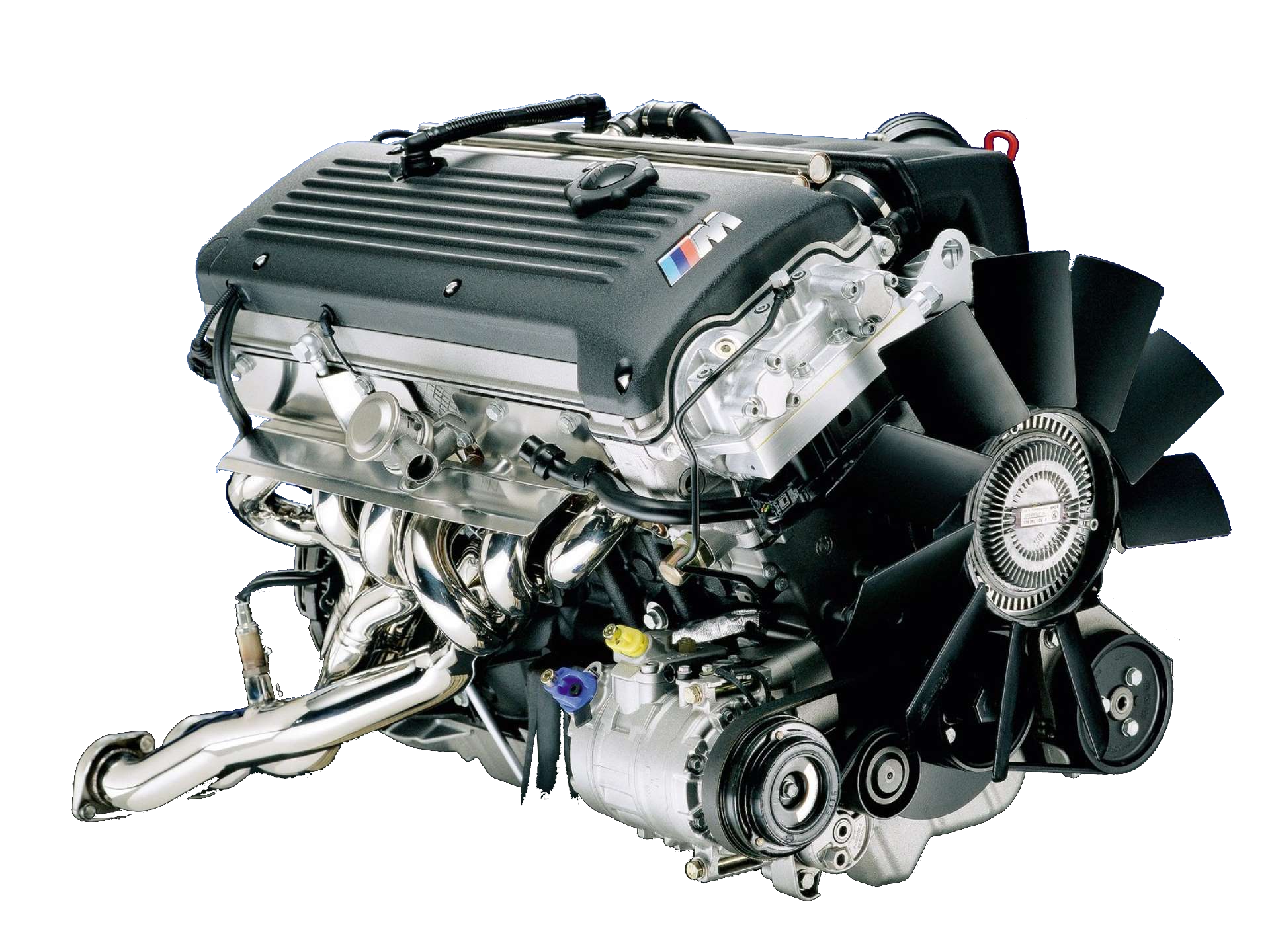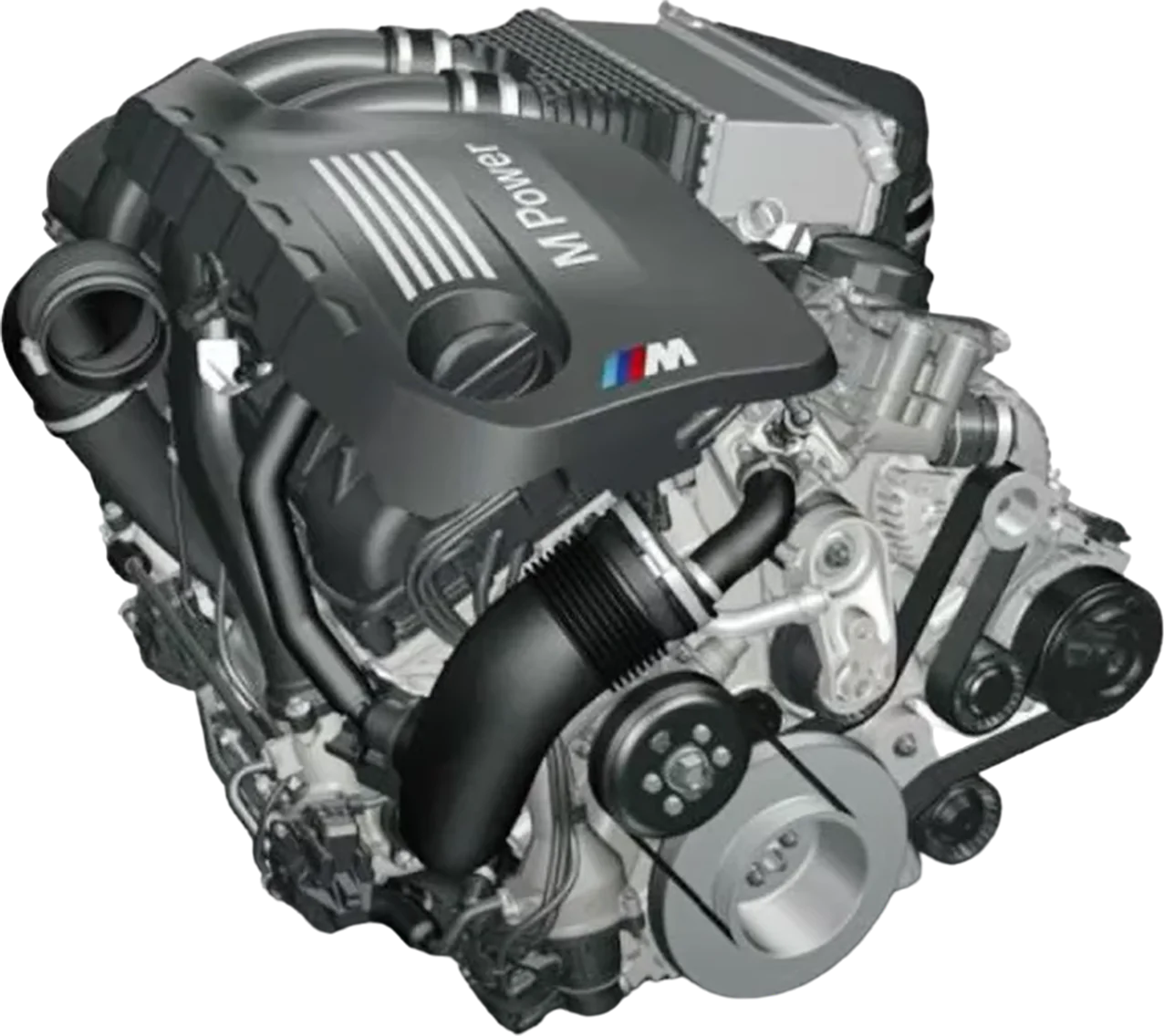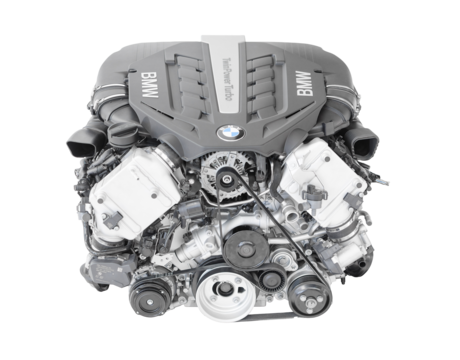Performance Upgrades

BMW Performance Upgrades:
Essential Mods and Tuning Guide
Upgrading a BMW for enhanced performance can unlock its true potential, providing both increased power and improved handling. Below are popular upgrades, expected benefits, and key considerations for optimizing your BMW.
Engine Tuning and Software

ECU Tunes (Flash Tunes)
- Popular Tuning Solutions: MHD, Bootmod3, JB4, Dinan
- Gains: Up to 80-100 hp on turbo engines (e.g., N54, N55); typically 10-20 hp on naturally aspirated engines.
- Benefits: Increases horsepower and torque by optimizing fuel maps, ignition timing, and boost levels on turbocharged models.

Custom Dyno Tuning
- Custom dyno tunes allow personalized tuning based on modifications and fuel type.
- Gains: Can increase power beyond standard tunes when paired with supporting mods.
Compatibility
Turbocharged engines (e.g., N54, N55, B58) respond best to tuning.
Fuel Quality
Higher-octane fuel or ethanol blends (E30, E85) may be required for maximum gains.
Check Codes
Tuning can trigger check engine lights or limp mode if not done properly; ensure compatibility with stock or upgraded components.
Turbocharger Upgrades
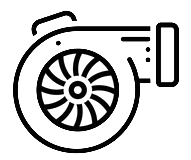
Single Turbo Conversion
- Converts the twin-turbo N54 to a single turbo setup for higher power potential.
- Gains: Potentially up to 600-800 hp with supporting mods.
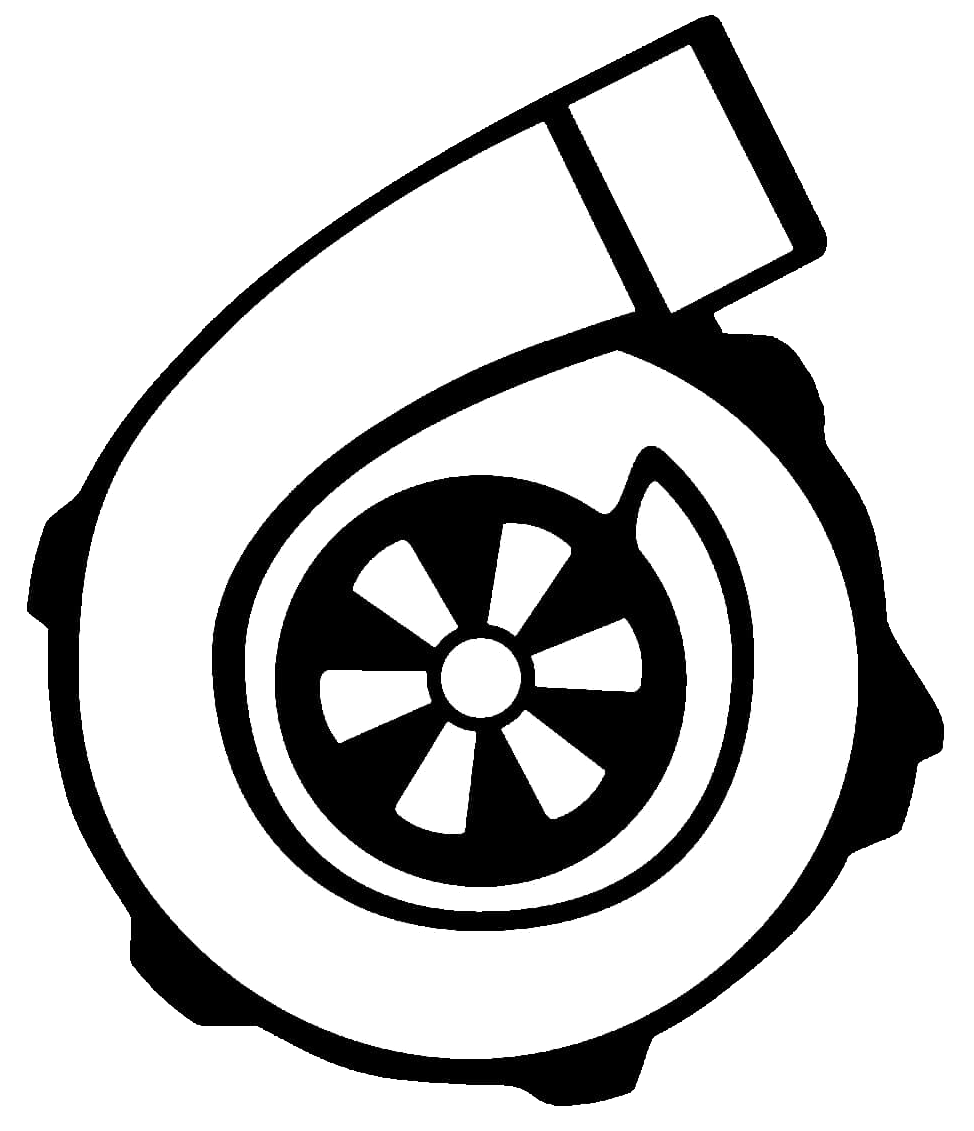
Hybrid Turbos
- Retains the twin-turbo configuration but uses upgraded components to allow for more boost and higher power.
- Gains: 20-50% increase in horsepower depending on model and supporting mods.
Supporting Mods Required
Intercooler, intake, fuel system upgrades, and tuning are needed to maximize gains.
Heat Management
Turbo upgrades increase engine temperatures, so improved cooling solutions (upgraded radiators and oil coolers) are recommended.
Cold Air Intakes and Air Filters
Cold Air Intakes (CAI)
- Replaces the factory airbox to allow more airflow into the engine.
- Gains: Typically 5-10 hp, with better throttle response.
High-Flow Air Filters
- Drop-in filters like K&N or BMC can increase airflow without replacing the entire intake system.
Heat Soak
CAIs are more effective in lower temperatures. Shielding from engine bay heat can improve performance.
Maintenance
High-flow filters require regular cleaning and oiling for optimal performance.
Downpipes and Exhaust Systems

Catless or High-Flow Downpipes
- Removes or reduces catalytic converters, increasing exhaust flow.
- Gains: 15-25 hp on turbocharged models, improved turbo spool and sound.

Cat-Back Exhaust System
- Replaces exhaust piping from the catalytic converter back, providing a deeper sound and slight performance gain.
- Gains: 5-10 hp on naturally aspirated engines, 10-20 hp on turbo engines.
Emission Compliance
Catless downpipes may not be street legal in some areas.
Exhaust Drone
Some aftermarket exhausts can introduce drone at highway speeds; resonated options can reduce this.
Intercooler Upgrades
Front-Mount Intercooler (FMIC)
- Larger and more efficient than stock, helps reduce intake air temperatures for more consistent power.
- Gains: Better throttle response, sustained power under high boost.
Compatibility
Direct-fit options are available for models like the N54 and N55; ensure proper fitment.
Heat Soak Reduction
Improved cooling prevents heat soak, especially during spirited driving or in hot climates.
Suspension Modifications

Lowering Springs and Coilovers
- Lower ride height and improve handling characteristics.
- Benefits: Enhanced cornering stability and reduced body roll.
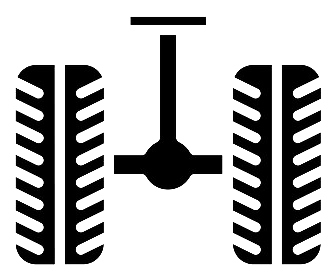
Upgraded Sway Bars
- Larger sway bars improve cornering by reducing body roll and enhancing grip.
Camber Plates
- Adjustable camber plates allow for fine-tuning of the front suspension geometry for better handling.
Comfort vs. Performance
Coilovers can be stiff, so consider adjustable dampers for a balance between comfort and performance.
Alignment Required
Any major suspension changes will require a four-wheel alignment.
Fuel System Upgrades
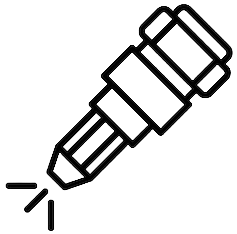
Upgraded Fuel Injectors and High-Pressure Fuel Pump (HPFP)
- Necessary for higher power levels on turbocharged engines.
- Gains: Supports higher horsepower without fuel starvation.

Low-Pressure Fuel Pump (LPFP) Upgrades
- For E85 compatibility and higher boost levels.
Tuning Required
Larger injectors and pumps need tuning to avoid lean conditions.
E85 Compatibility
Fuel system upgrades can allow the use of ethanol blends for higher power.
Brake System Enhancements
Big Brake Kit (BBK)
- Larger rotors and calipers provide better stopping power and fade resistance.

Performance Brake Pads and Rotors
- Better pads increase stopping power and reduce brake dust.
Rotor Wear
Slotted or drilled rotors improve cooling but wear faster.
Street vs. Track
Choose brake compounds suited to your driving style (street vs. track).
Wheels and Tires
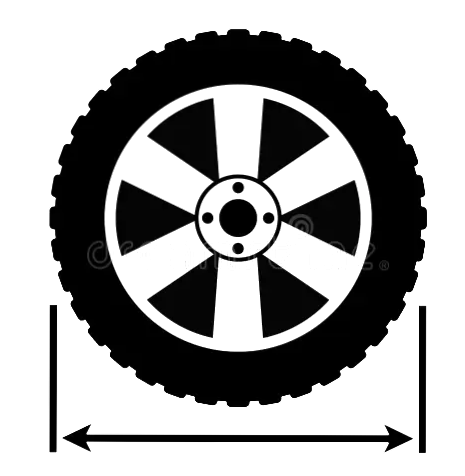
Wider Tires
- Wider tires provide better traction and handling performance.

Lightweight Wheels
- Reducing unsprung weight improves handling and acceleration response.
Fitment
Ensure wheels and tires fit within the fenders without rubbing.
Alignment
Wider tires may require alignment adjustments to avoid premature wear.
Differential Upgrades

Limited Slip Differential (LSD)
- Improves traction by distributing power between wheels more effectively.

Final Drive Ratio Changes
- Adjusting the final drive ratio can improve acceleration or top speed.
Installation
Differential upgrades are complex and best performed by a professional.
Driving Style
LSDs are beneficial for spirited or track driving, as they improve cornering grip.
